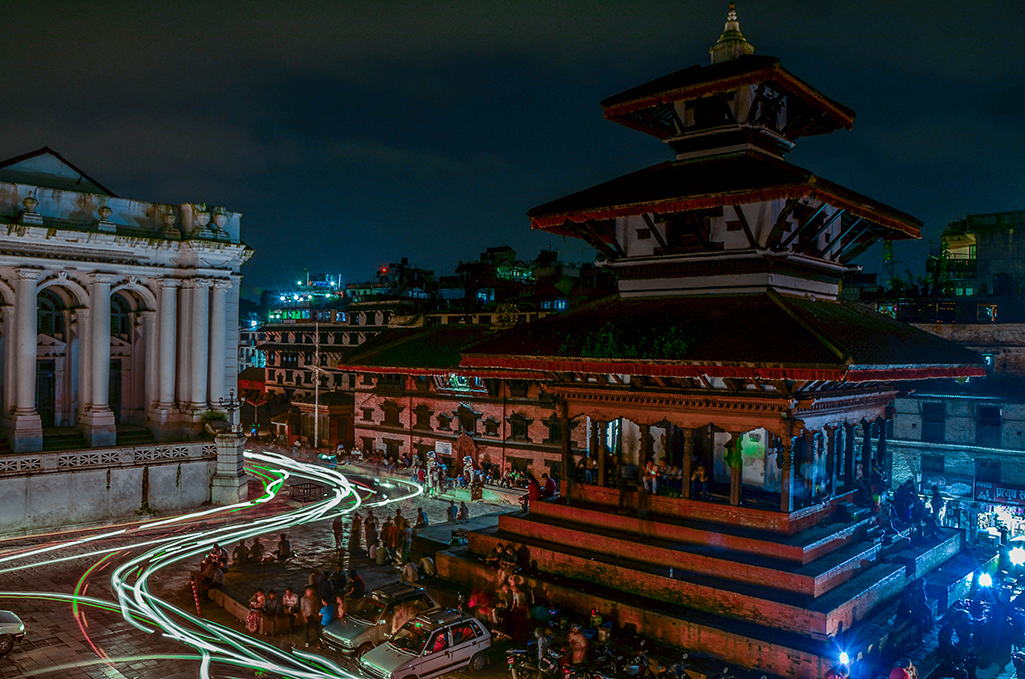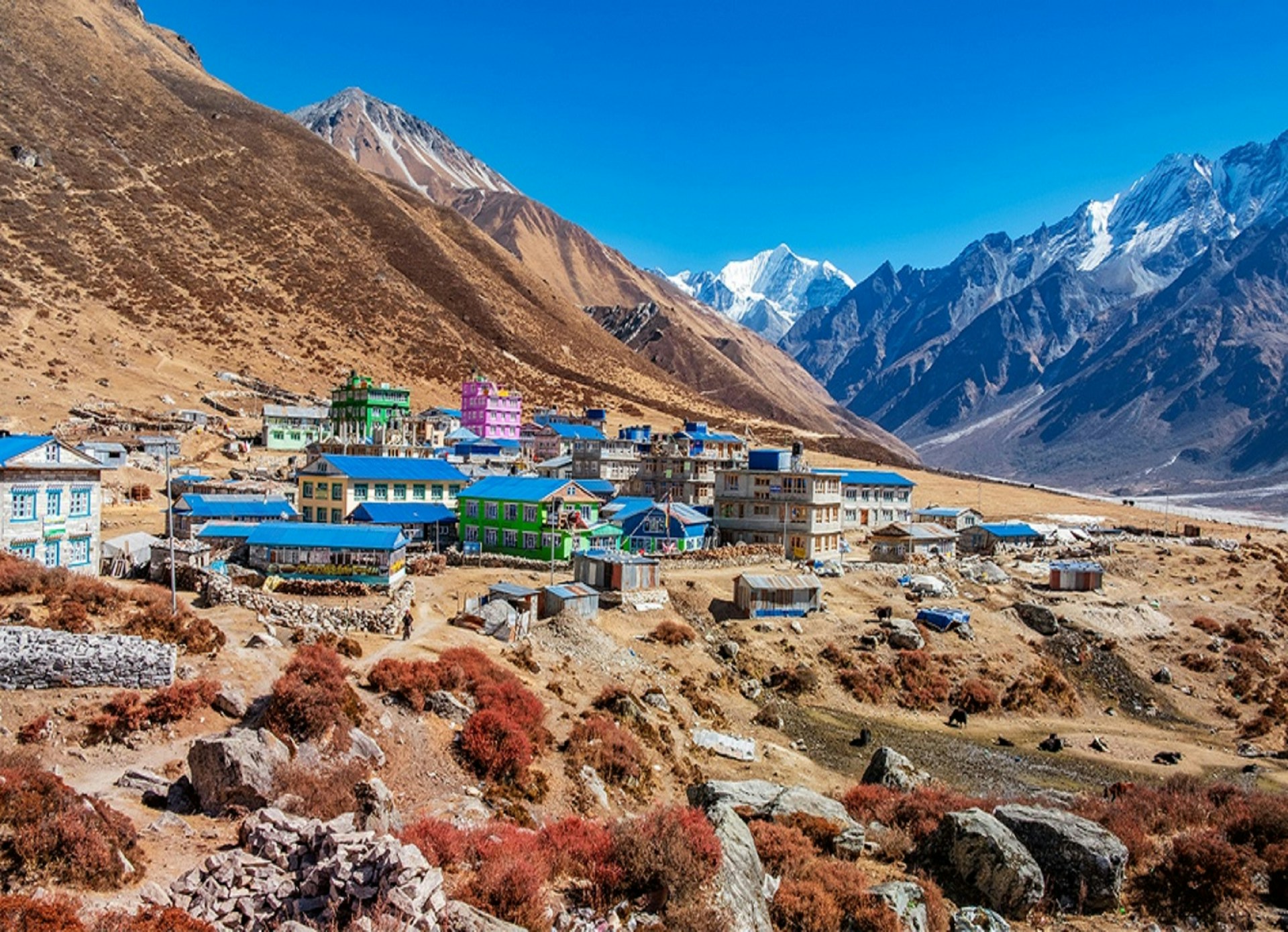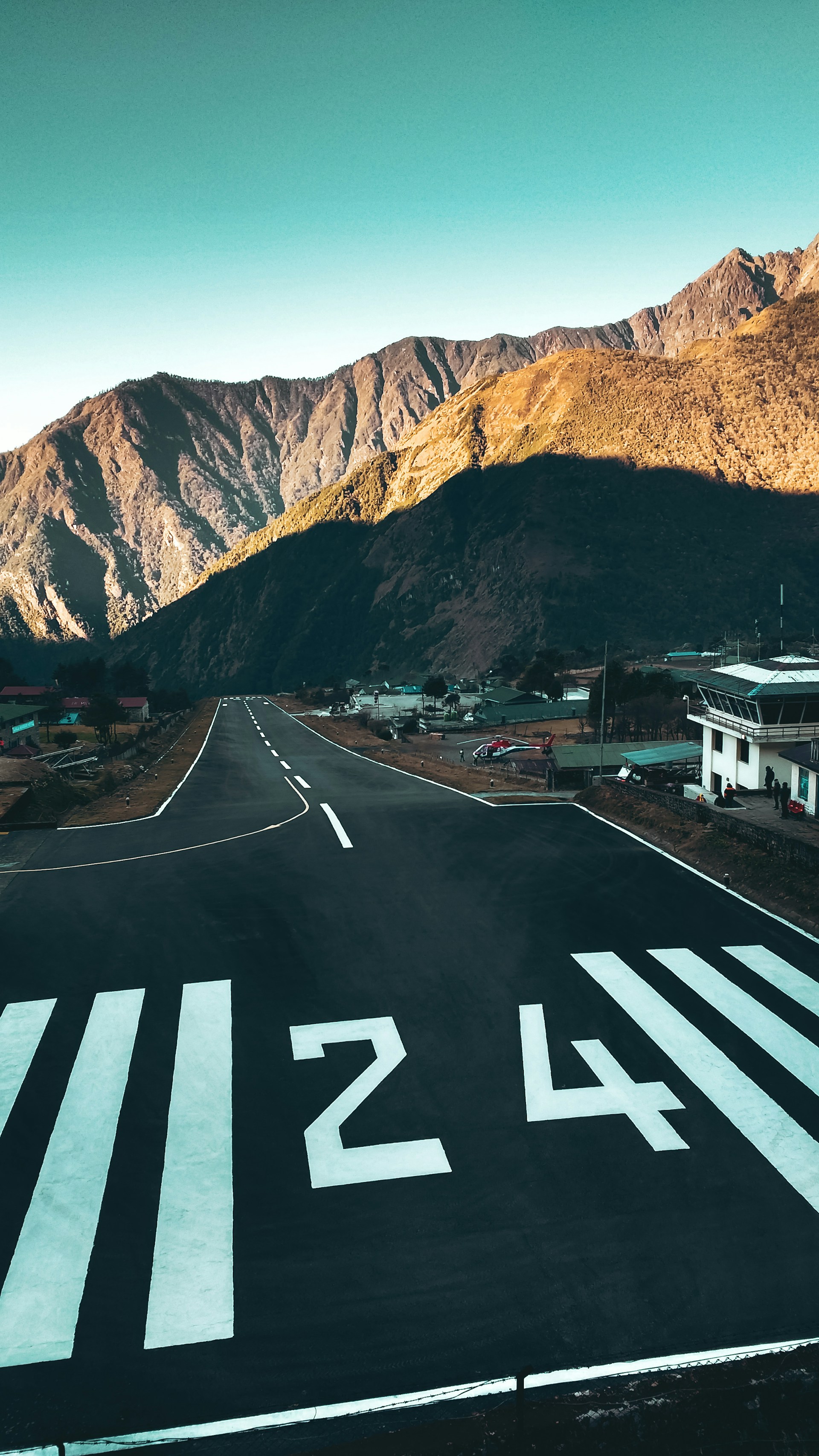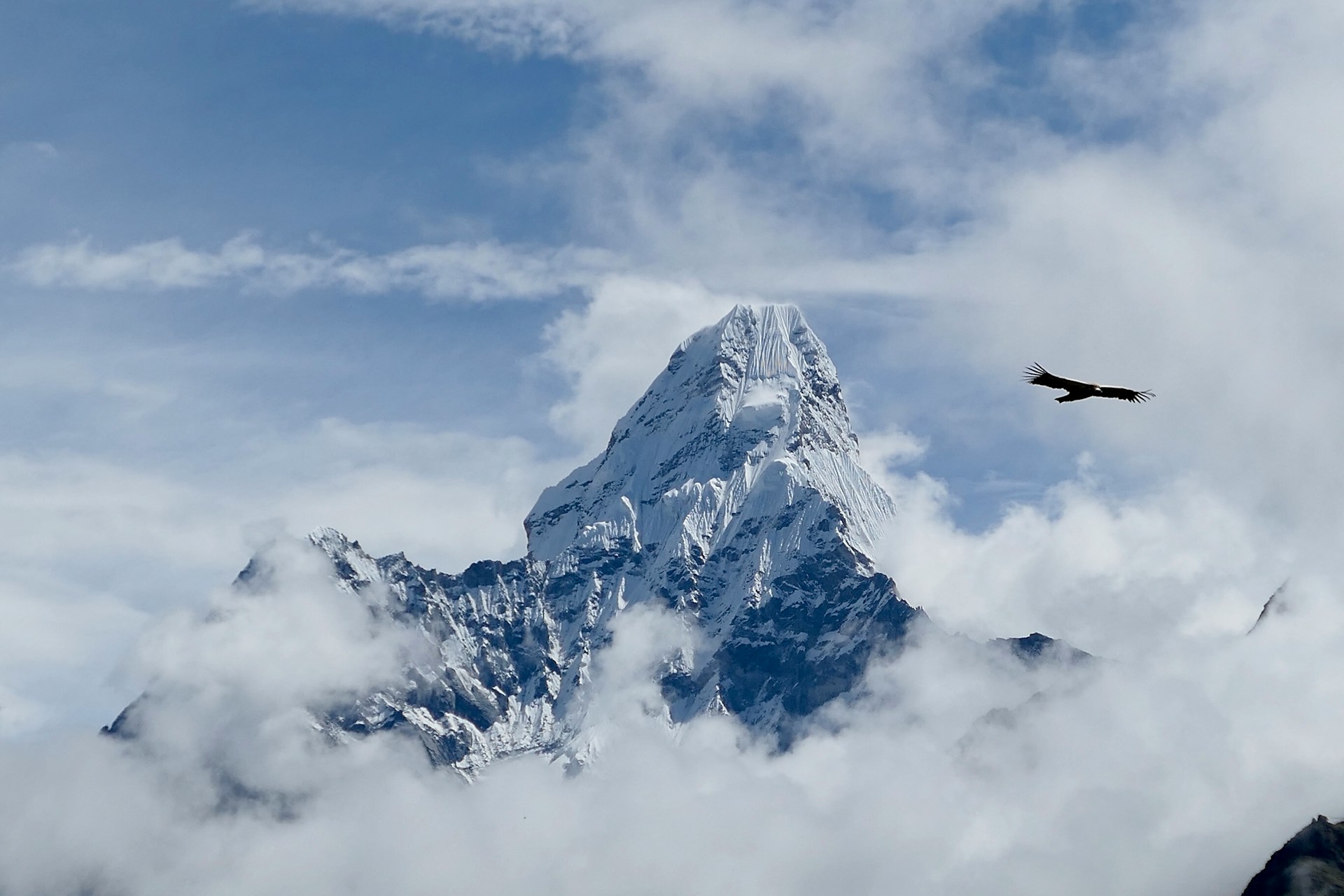Just as the literal meaning suggests, Durbar Squares of Nepal are actually the ‘place of palaces’. There is a belief that, the-then Malla kings of three districts of Kathmandu valley, viz. Kathmandu, Bhaktapur and Lalitpur, competed with each other in art to create more beautiful and artistic squares in their respective kingdoms. Seems like they were really into the competition because all three squares turned out to be amazing.
During the heritage walk around these extraordinarily beautiful squares, you’d not only get to see the magnificent royal palaces, high temples, popular shrines, idols, open courts and water fountains with intricate workmanship but also get to experience and learn the ancient Nepal’s art and architecture that includes fine arts, spectacular wooden carvings, stone works and many more.
Durbar squares are the living examples of our glorious history. They offer amazing Nepalese Architecture, traditions and common daily life of Nepalese people. Each square has a different story to tell and a unique feature of its own. The monuments and temples of these squares are still used for official religious ceremonies, festivals and Jatras. On normal days, they are filled with people worshipping in shrines, selling goods and even just hanging out and sitting on enjoying the world go by and also by the people simply walking through.., as the squares are active public walkway linking many streets together.
The major attractions of the three Durbar Squares are:
Kathmandu/ Basantapur Durbar Square
- Kumari House,
- Taleju temple,
- Kal Bhairav,
- Former Royal palace,
- Gaddhi Baithak,
- Shiva- Parvati Temple,
- Ancient museum etc.
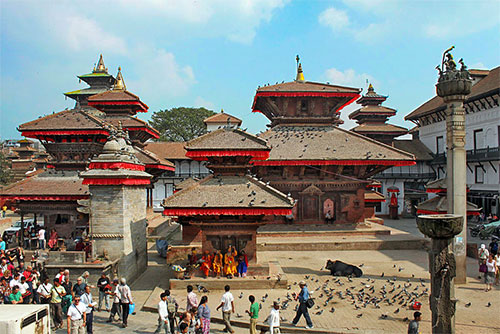
Experience the cultural heart of Kathmandu with its historic palaces and temples.
Bhaktapur Durbar Square
- Taumadhi Square,
- Pottery Square,
- Dattatreya Square,
- Vatsala Durga temple,
- Naytpol temple,
- Chayaslin Mandap,
- 55 windows’ palace,
- Batsala, Thanka Painting School,
- small ponds on outskirts of square, etc.
.jpg)
Step into a living museum of art and tradition in Bhaktapur's vibrant square.
Patan Durbar Square
- Museum,
- Art Gallery
- Krishna Mandir
- Ancient royal palace consisting of three main Chowks known as Mul Chowk, Sundari Chowk, and Mani Keshab Narayan Chowk,
- Palace for royal bath called ‘Tushhity’,
- Golden temple, etc.
.jpg)
Discover stunning Newari architecture and heritage at Patan's iconic square.
Now, with the reconstruction work going on followed by the massive earthquake of April 2015, visiting the squares is both a chance to watch heritage and history built like a living museum but also chance to explore ancient wonders like no where else on earth.
Besides the usual sightseeing and learning, Click selfies and pictures with background like that of postcards, giving them extra edge to your photo. If you are a foodie and like to taste new foods, try out some local food products with unique taste. Bring some handmade stuffs and memoirs back home to reminisce how amazing your visit to Durbar Squares had been and to press yourself to visit them again.
Recent Blog Posts
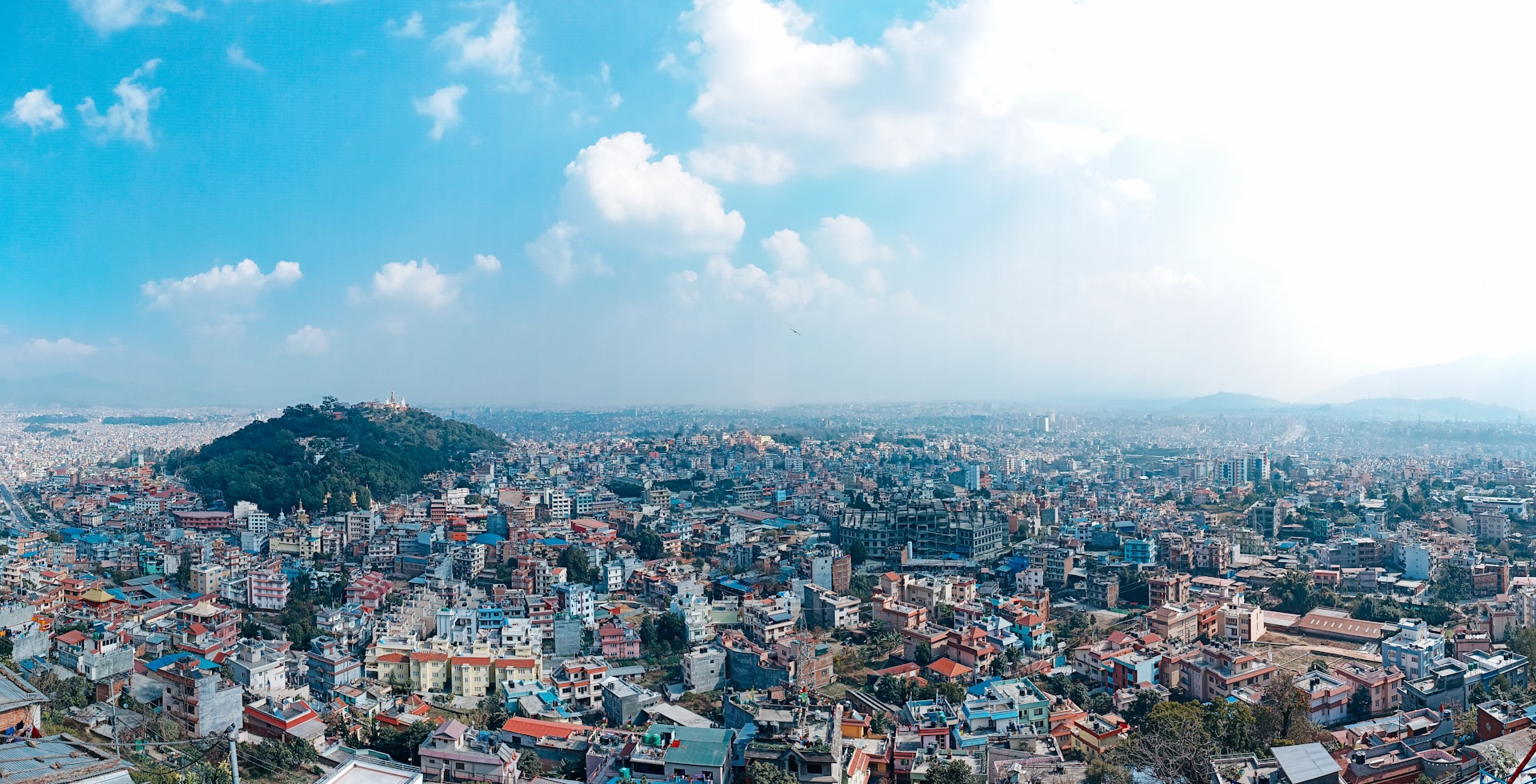
Kathmandu Valley: Exploring the Capital of Nepal
Jun 15, 2025
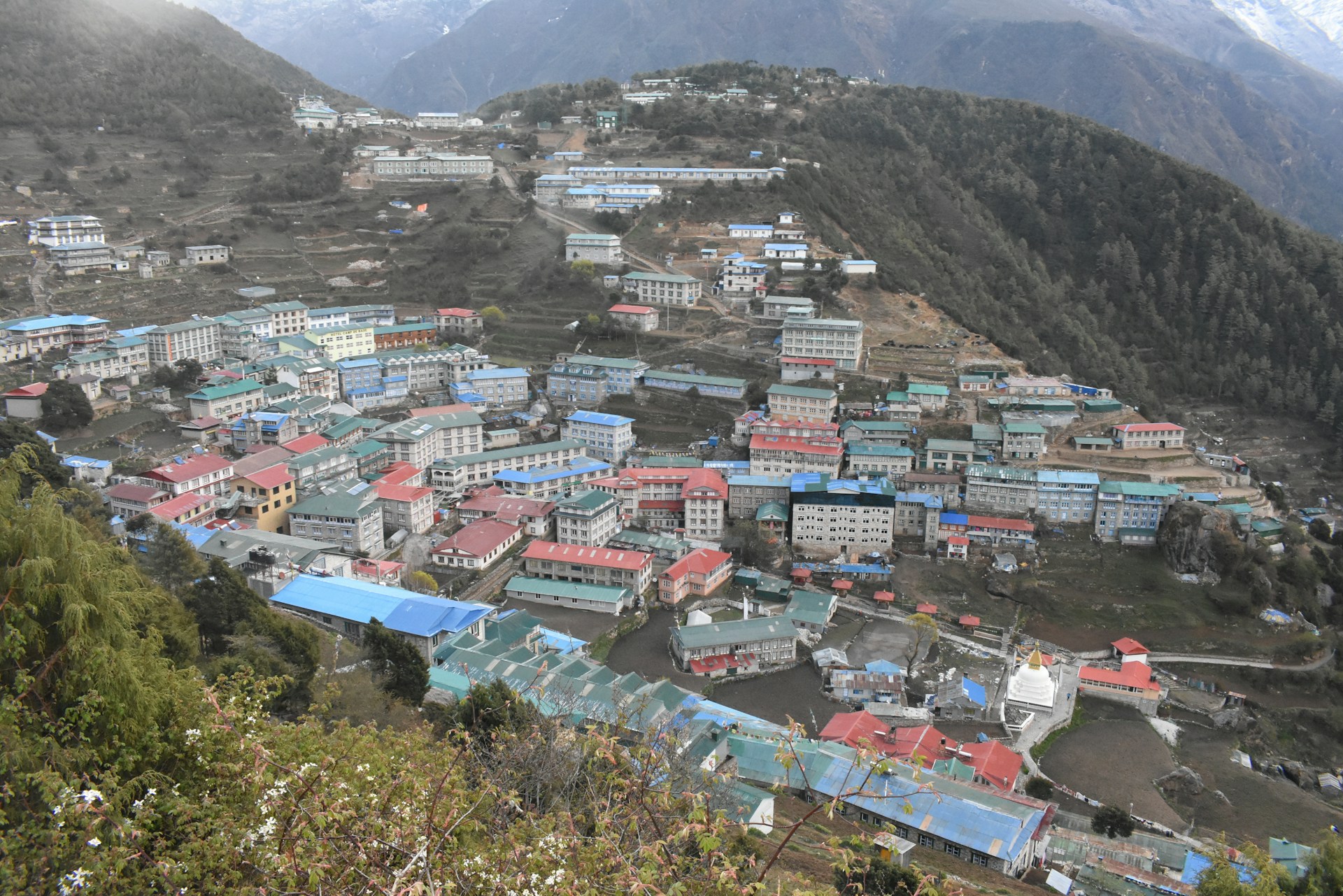
Namche Bazaar: What to Expect in the Sherpa Capital
May 20, 2025
